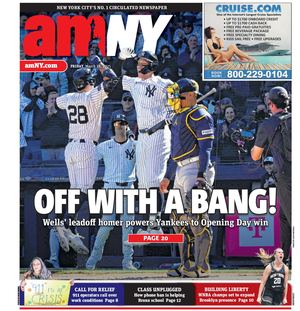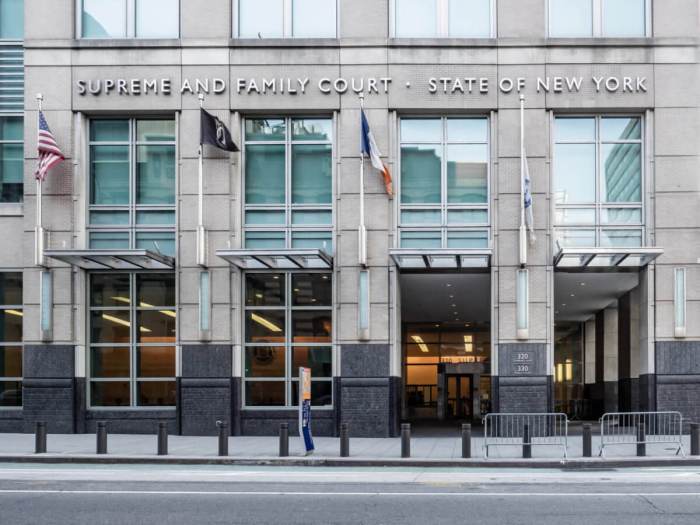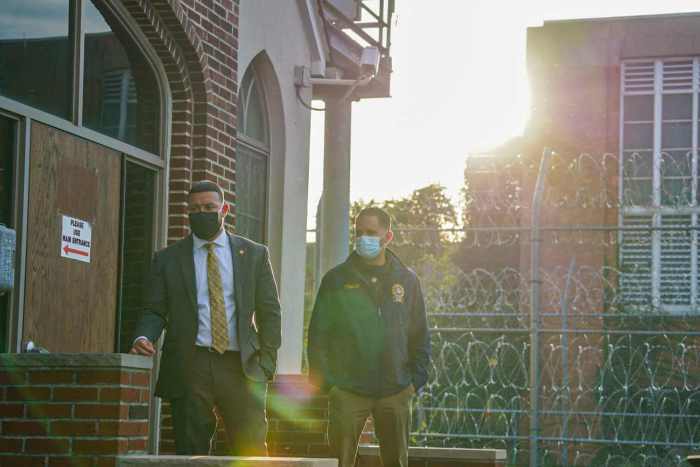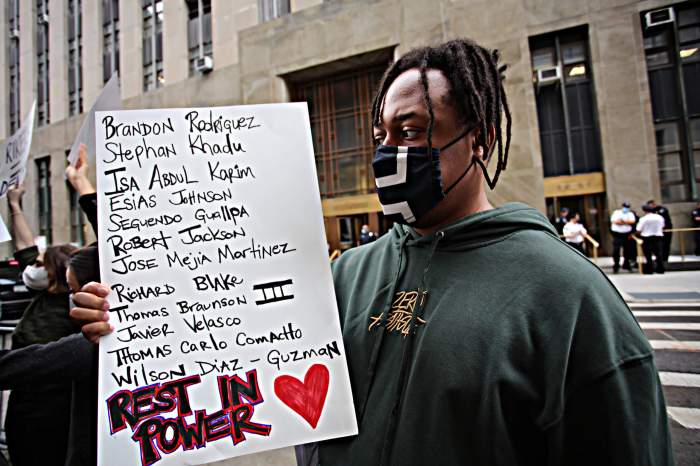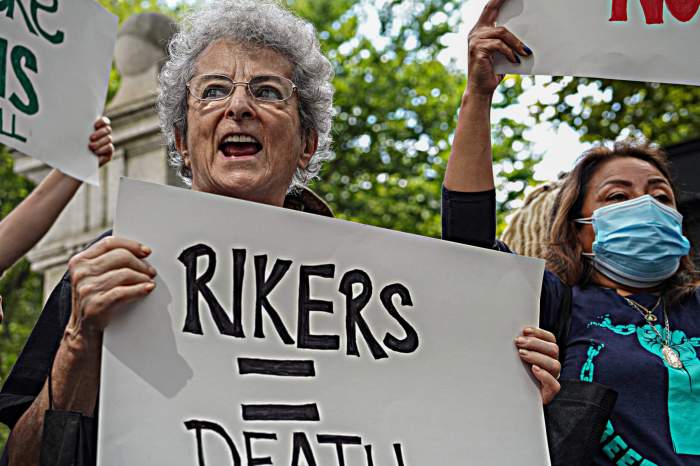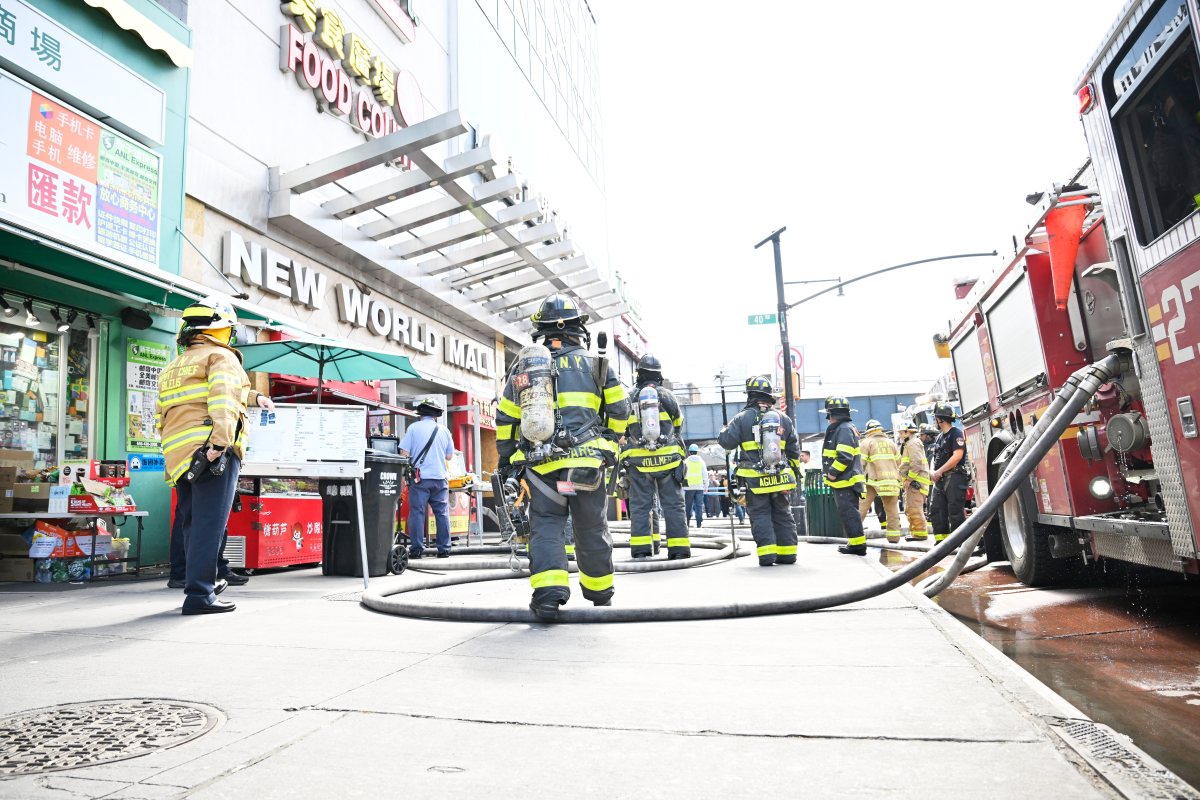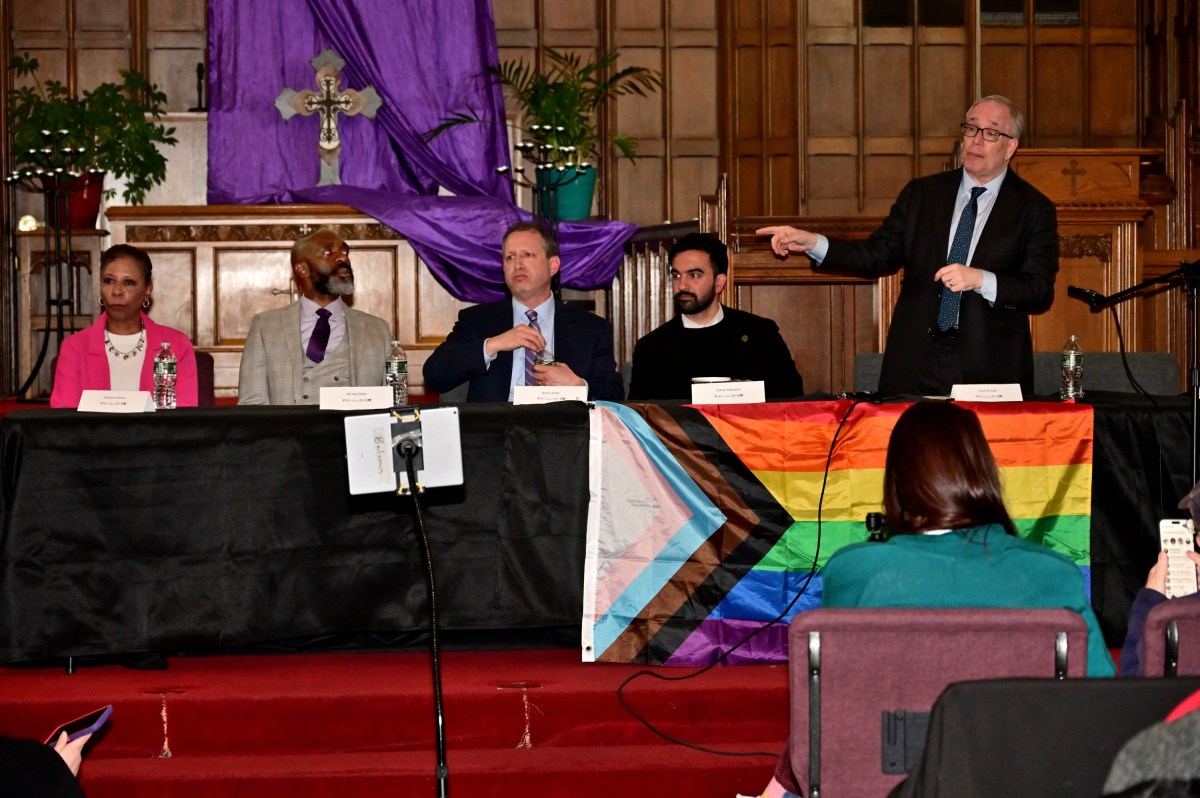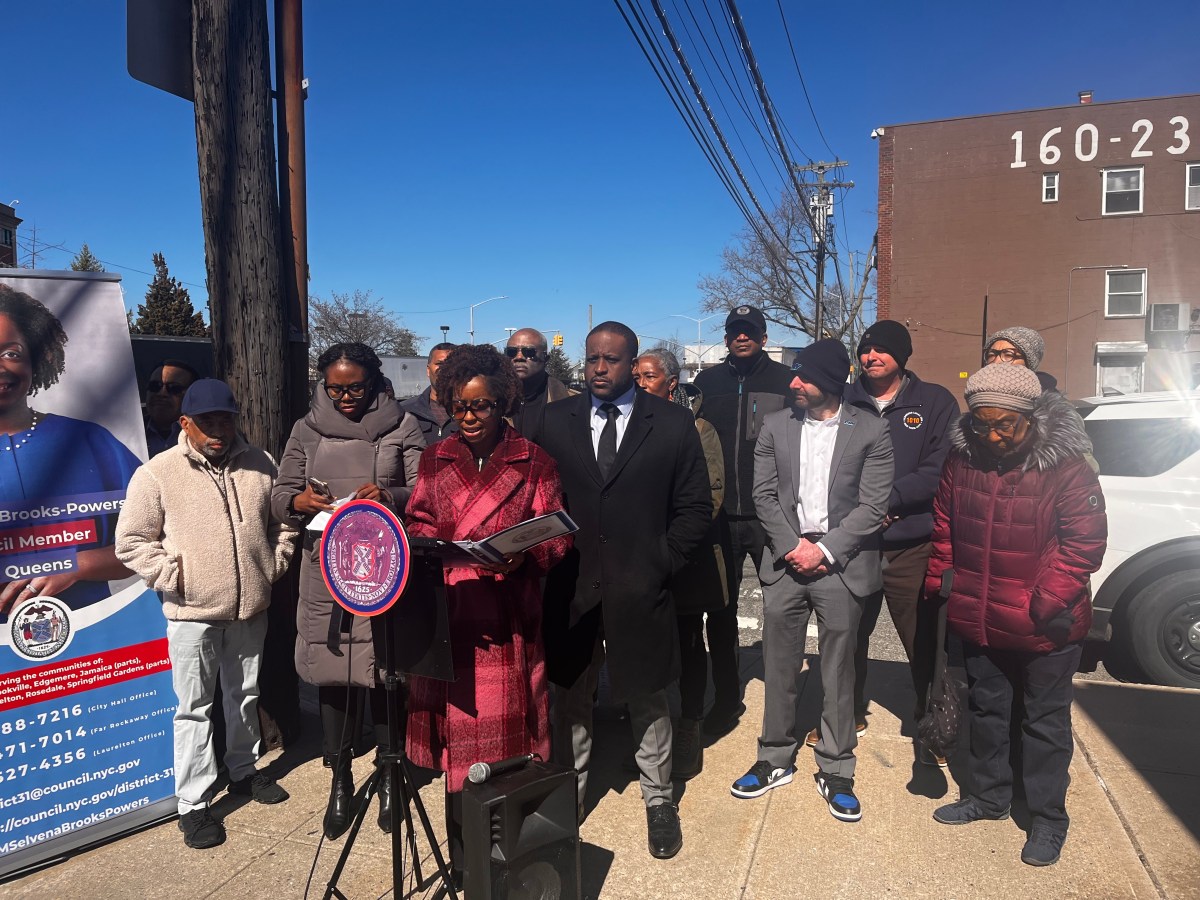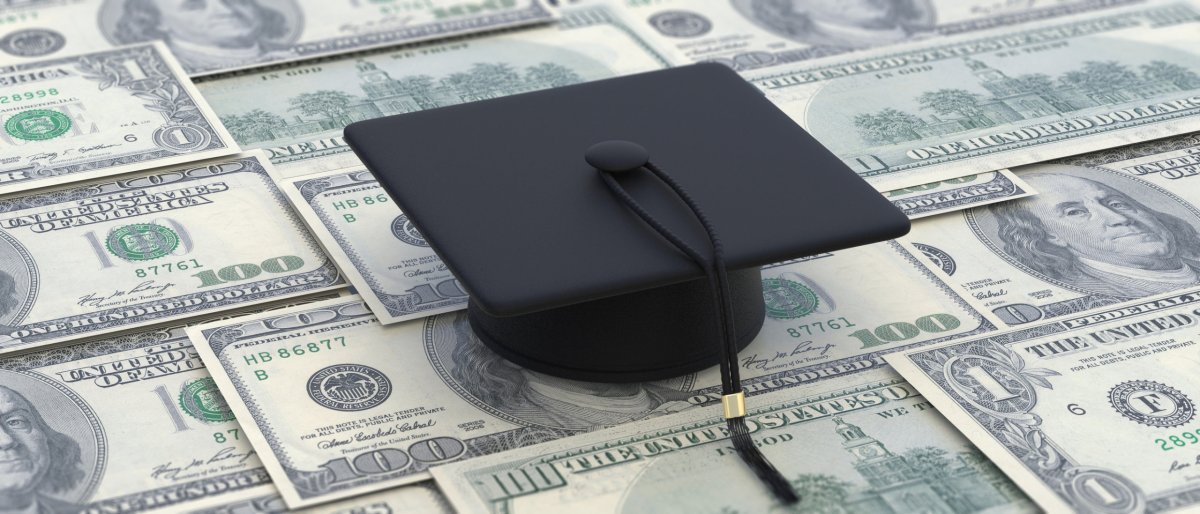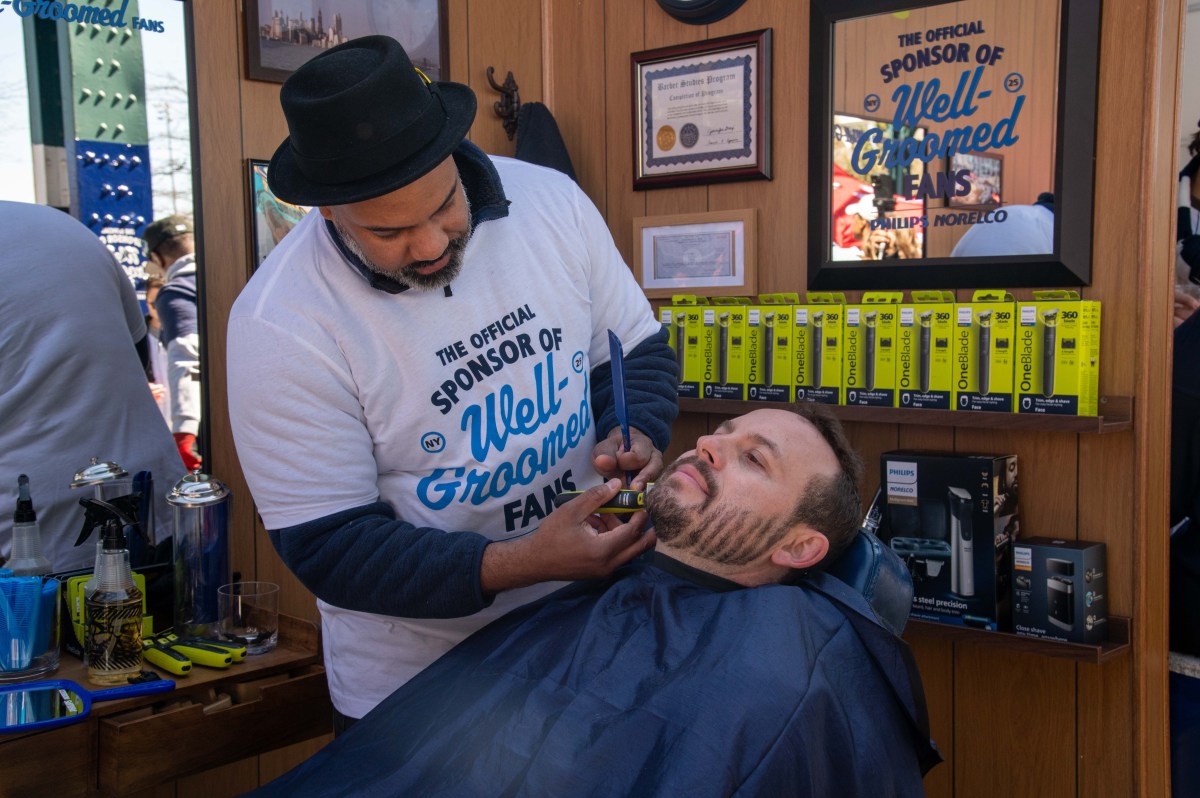The Legal Aid Society and the NYPD are in a war of words over the “ShotSpotter” system of sensors designed to detect possible sounds of gunfire around the Five Boroughs.
Citing internal NYPD emails it received via a FOIL request, the Legal Aid Society charged Friday that the NYPD has more knowledge of where ShotSpotter sensors are placed, in direct contradiction to the program’s polict. The NYPD countered that it neither knows nor selects the precise locations of the sensors, and has not used ShotSpotter for purposes other than combating gun violence.
ShotSpotter is used to cut down response times to potentially deadly crimes by employing microphones that detect loud sounds that could be deemed gunshots, provoking a rapid response by officers.
But the Legal Aid Society claimed on Dec. 16 that they uncovered emails through Freedom of Information Law (FOIL) requests that the NYPD has a greater hand in the placement of ShotSpotter than previously thought.
They argued that although police do not need access to ShotSpotter’s database to be aware of precise locations if they have private discussions with technology representatives. The Legal Aid Society states that they fear this could lead to an invasion of privacy wherein law enforcement could potentially listen to conversations.
“The emails between the NYPD and ShotSpotter reveal that high-level police officials know the precise locations of always-recording microphones deployed across New York City. There is nothing stopping the NYPD from accessing these recordings which have the capability to eavesdrop on the intimate conversations that occur every day. If anything, these emails show that greater oversight over NYPD’s vast surveillance capabilities is critical and urgent,” Legal Aid Society Digital Forensics Staff Attorney Benjamin Burger said.
However, according to an NYPD spokesperson, the prospect of listening to conversations would be highly improbable since audio is only initialized in the advent of gunfire or sounds that could be construed as such.
Law enforcement also pointed to an independent privacy audit conducted in 2019 by the Policing Project at New York University School of Law concluded that the risk of voice surveillance using ShotSpotter is “extremely low.”
“Neither the NYPD nor ShotSpotter has the ability to listen to audio from the microphones in real time. The NYPD is only provided with a small snippet of audio, which is only seconds long and is strictly limited to the duration of gun fire recorded by ShotSpotter. The NYPD has never requested or subpoenaed audio from ShotSpotter in an effort to memorialize a voice,” a police spokesperson said.
